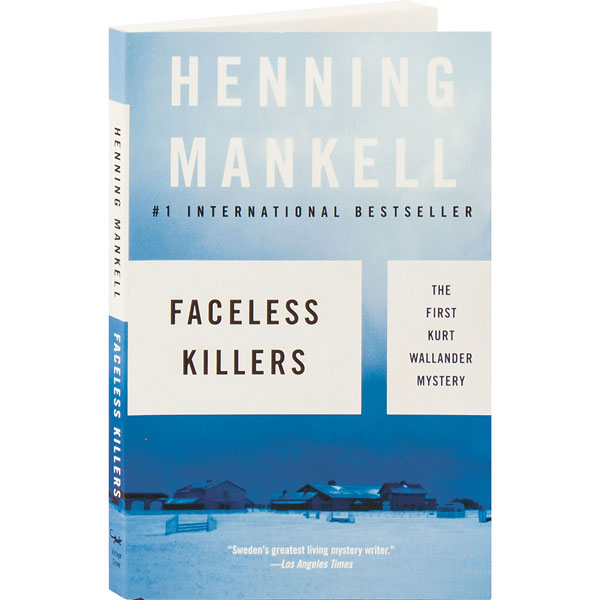


Kurt Wallander is a senior police officer. When this is leaked to the press, it unleashes racial hatred. The woman supplies Wallander with his only clue: the perpetrators may have been foreign. But he provides essential information only at the last minute, which makes the solution feel more like an appendix than a conclusion. In the Swedish 1997 murder mystery novel Faceless Killers, Inspector Kurt Wallander investigates a murderous racist attack on a refugee center in Skane. An old man has been tortured and beaten to death, his wife lies barely alive beside his shattered body, both victims of a violence beyond reason. Mankell is clearly a skilled writer, and his portrait of Wallender (who periodically slides beneath respectability) is effective. However, a leak to the press complicates the investigation by arousing anti-immigrant feelings, some of which are expressed in anonymous threats.

Wallender puts those clues on the back burner when he learns that Johannes, ostensibly a simple farmer, had a secret life involving wealth and connections unknown to his wife. Rydberg, a police force old-timer, says the noose's unusual knot and the word foreigner, which Maria uttered before she died, are important. Such consolations can't help him absorb the scene at the Lovgren farm, where elderly Johannes Lovgren has been brutally beaten and stabbed to death and where his wife, Maria, is found barely alive with a noose around her neck. Since his wife walked out on him, Kurt Wallender, a middle-aged cop in the small town of Lenarp, has drowned his sorrows in opera and far too much liquor. In his first appearance in English, Swedish bestselling author Mankell combines thriller-quality entertainment with a depiction of anti-foreigner prejudice in Sweden, painted here as a very chilly place indeed.


 0 kommentar(er)
0 kommentar(er)
